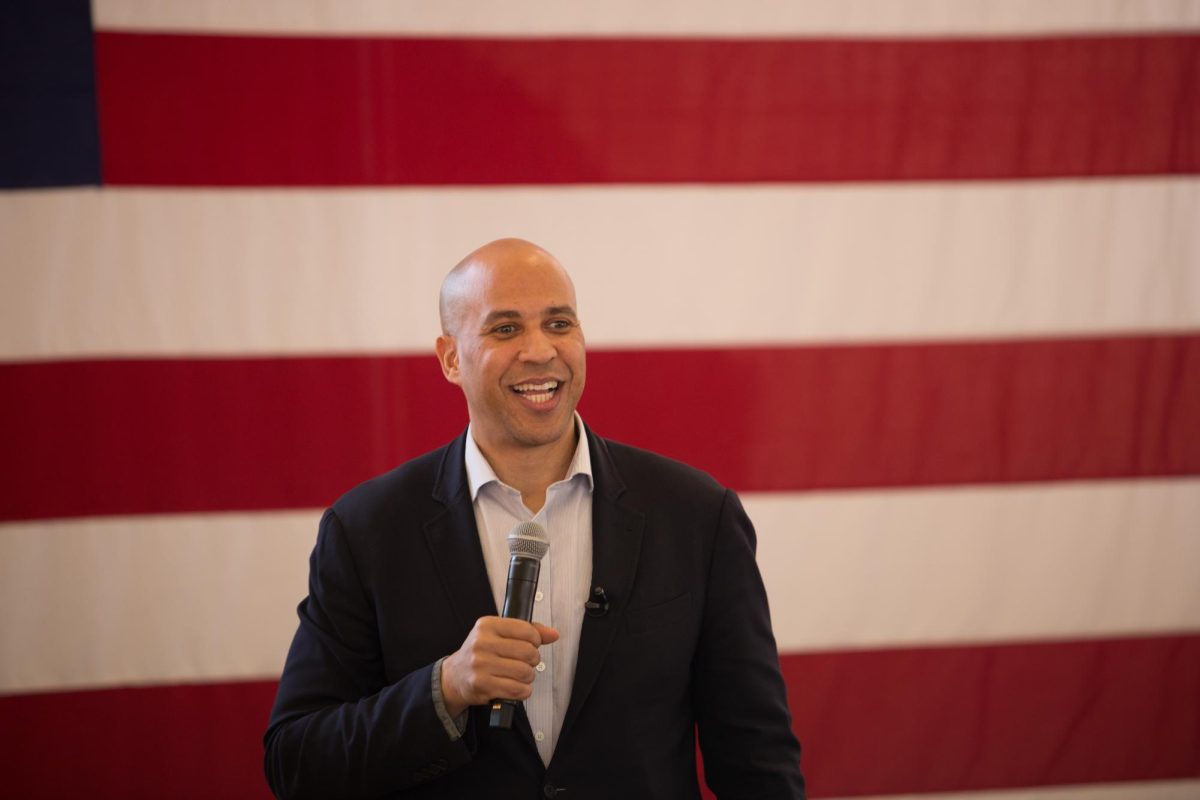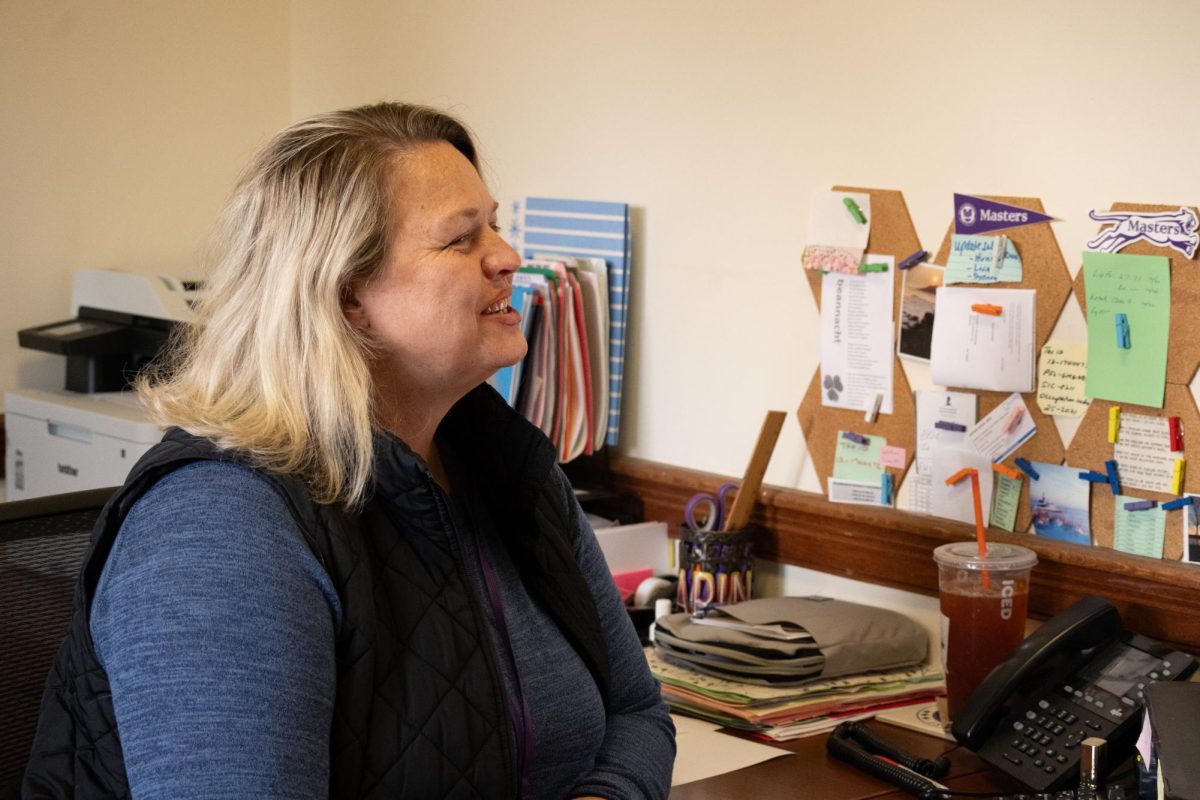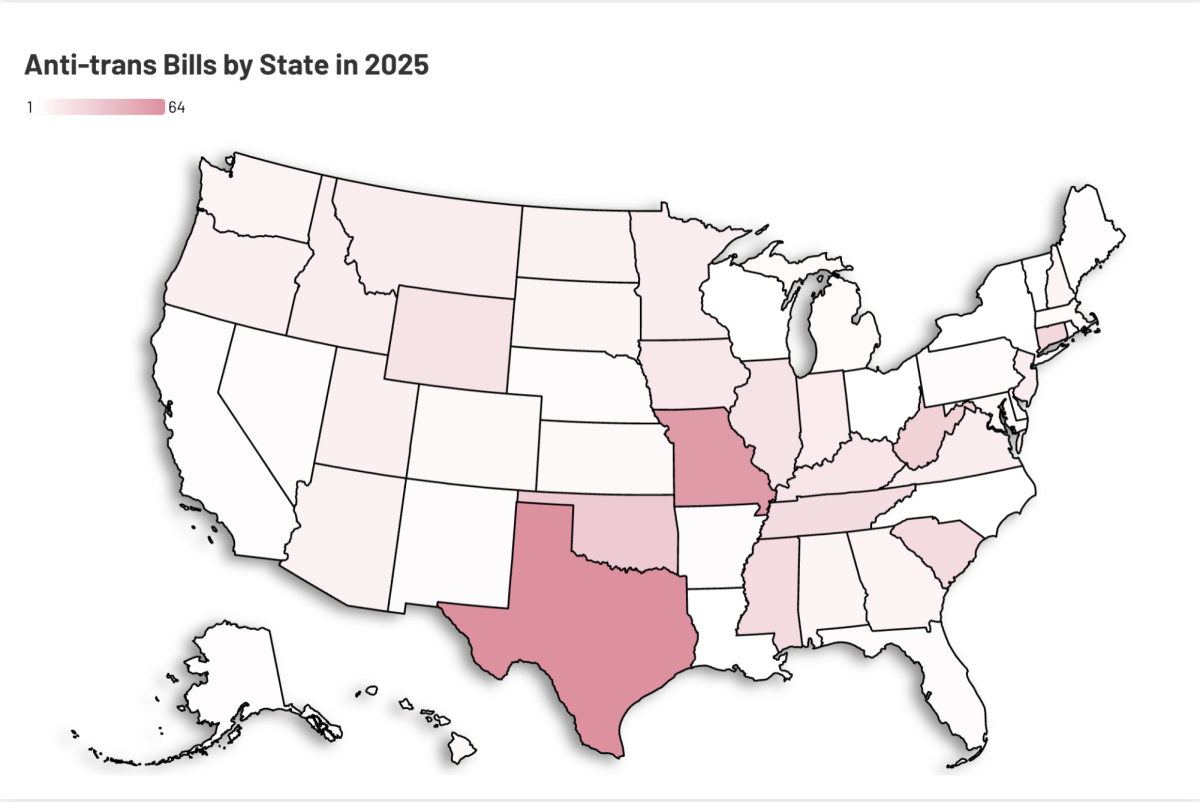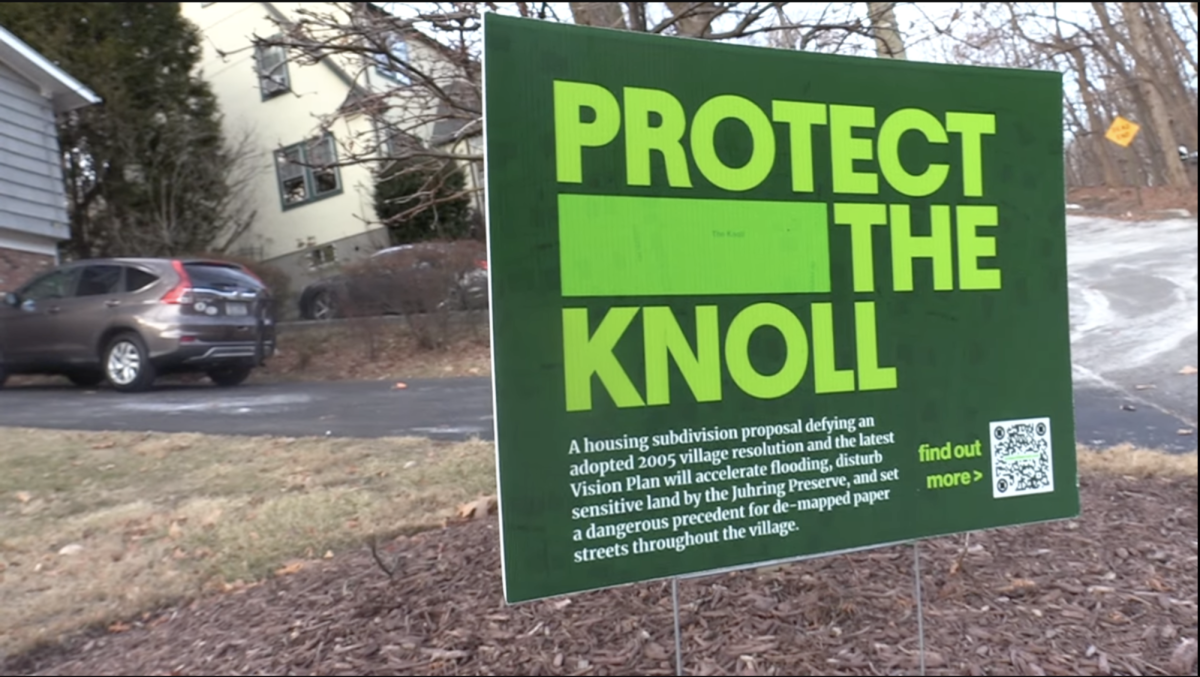In a major development, the Free Application for Federal Student Aid announced a new, supposedly simpler version of the college financial aid form for the 2024-25 school year. Congress authorized revisions to both the form and its formula in 2020, but the Education Department has taken several years to complete the update. Because completing an FAFSA has been linked to an increased likelihood of attending college, the new form intends to make the process of applying for college financial aid easier. In addition to updating the form, the federal government is expanding eligibility for federal aid in the biggest overhaul in decades.
Adam Gimple, Director of College Counseling at Masters, offered his thoughts on the new change. “There are aspects of the former version of the FAFSA that I absolutely found to be convoluted, difficult to understand; a lot of legalese. So, for the average person on the street, trying to fill out this federal legal form for financial aid was very cumbersome and difficult to navigate. From a fundamental standpoint, I appreciate that that should have been reconfigured and updated.”
Sibling Discount Eliminated
However, some families with multiple children in college at the same time may be eligible for less aid. This is due to the fact that the revision also changed the form’s underlying aid formula, which effectively eliminated a “sibling discount.”
“Prior to this year, through federal methodology, the amount that your family was capable of paying would be cut in half. The new federal methodology is not going to allow for that. Any Masters family who’s receiving financial aid in college if they have an older sibling who’s already off at college, it’s going to look different now than it ever has before,” Gimple said.
Gimple explained that the timing of the FAFSA form being released will interfere with the traditional college application schedule. “I find that incredibly frustrating and I can only appreciate how colleges and admissions offices find it frustrating and how students and families and prospective applicants find it frustrating. Much like when test optional was introduced and everything got disrupted and application numbers skyrocketed, the timing of this is going to be pretty interesting to see how it all comes together, and how colleges adapt to it in real time.”
A Student Perspective
An Upper School senior, who preferred to keep her identity private, said, “We’re pretty dissatisfied with the rollout of FAFSA. It’s been much harder to plan ahead for things like how we’re going to allocate our money. If I am getting a certain amount of aid versus not getting that certain amount of aid, that’s going to completely change the way that my family lives for the next four years, and for the rest of their lives, probably, because college is ridiculously expensive.”
She continued, “FAFSA taking so long to roll out these changes is going to really adversely affect people that live in areas where it’s harder to get aid anyway, because you can’t really tell your entire story. You can’t explain that mortgages are extremely high, and so the money that they see you as making isn’t really the money that you can contribute.”
The same student explained her experience with FAFSA. “My family makes more than $60,000 a year. I live with my grandmother and a dependent father and my parents are divorced. The money that is written down on the page as what my mom makes in the year, who’s the sole person that is making any money in our house, is not at all the amount of money that could contribute to going to college because most of that’s going to property taxes. And most of that is going towards taking care of the other people that live in my house.”
She continued, “The FAFSA comes up with a number that they expect you to contribute solely based on your income. And so with that, even with the amount of aid that they think is good enough for me, they haven’t asked enough questions, to the point where I can actually say whether that aid is going to allow me to go to college or not.”
Simpler Version
The previous version of the FAFSA had 108 questions on it, while the updated version will have 38 questions, but the change is somewhat deceptive.
Gimple said, “The government would have you believe that that’s a significant drop-off, but what if I told you those 38 questions now have subheadings and it really could still be interpreted as having 70 questions because you have one question, but there’s three components to it? So they say it’s 38 as opposed to 108, but realistically, it’s still a cumbersome document.”
Gimple said he believes that the FAFSA is important in terms of diversity and inclusivity in schools.
“The correlation between annual household income and accessibility and success in college is incredibly strong, and vice versa,” he said. “Colleges that invest in financial support for students that they want to have on their campuses, need to make the financial investment. If you want your most talented students to come and you want as robust and inclusive of communities as you possibly can, then the financial investment needs to be made by the institutions, and as much as they can pull from the federal government.” He continued, “When you look at the richest, most financially stable, higher education institutions in this country, they tend to do away with loans. They tend to minimize and mitigate the amount of cost that families have. They meet demonstrated need, and they are need-blind in their admissions decisions. And so I think that more schools who have that financial stability should absolutely prioritize equity, access, and inclusion,” he said.















